This piece is part of a series remembering the life, career, and legacy of Helmut (Hal) Sonnenfeldt — a member of the National Security Council, counselor at the Department of State, scholar at the Johns Hopkins School of Advanced International Studies (SAIS), and Brookings expert.
Serving as a senior member on the National Security Council at the Nixon White House from 1969-1974, Hal Sonnenfeldt was Henry Kissinger’s primary advisor on the Soviet Union and Europe. After Sonnenfeldt’s passing, Kissinger told the New York Times that Sonnenfeldt was “my closest associate” on U.S.-Soviet relations and “at my right hand on all the negotiations that I conducted with the Soviets,” including on arms control.
Sonnenfeldt brought a practical approach to U.S.-Soviet relations, realistic about the Soviet Union — its strengths, its weaknesses, and the challenges it presented to the West — and creative in trying to address those challenges. He was likewise realistic about the contribution that arms control could make to a safer and more stable bilateral relationship. As he noted in a 1978 article for Foreign Affairs, military and arms control issues were a fundamental part of the relationship, but “the problem [of dealing with Soviet power] does not end or begin with military measures alone.” Other factors — political, economic, ideological, and even cultural — mattered.
Still, arms control was important, and strategic arms control negotiations had a significant impact on the course of the Cold War. The agreements struck by President Richard Nixon and General-Secretary Leonid Brezhnev reflected growing understanding in Washington and Moscow that neither side stood to gain from an unchecked arms race, and that they would be better off applying some constraints on their nuclear arms competition. Those agreements played a key role in ushering in a period of détente between the United States and Soviet Union, an easing of tensions in a Cold War that had entered its third decade.
When Nixon and Brezhnev met in Moscow in May 1972, they signed two major arms control accords, collectively referred to as the Strategic Arms Limitation Talks (SALT) agreements. The Anti-Ballistic Missile (ABM) Treaty prohibited the United States and Soviet Union from having nationwide missile defense systems and tightly constrained the number of ABM missile launchers each could maintain. The ABM Treaty’s limits on missile defenses essentially ensured that, even after suffering a first strike, the other nuclear superpower could retaliate with devastating effect. In such circumstances, the incentives for either side to strike first with nuclear weapons were greatly reduced.
The second agreement, the Interim Offensive Arms Agreement, essentially froze the numbers of launchers for U.S. and Soviet intercontinental ballistic missiles (ICBMs) and submarine-launched ballistic missiles (SLBMs). It was a crude agreement — it did not even specify agreed numbers of ICBM and SLBM launchers existing or under construction — but it was the sides’ first effort to regulate their strategic offensive forces.
The SALT process produced the first two of a number of U.S.-Soviet (and later, U.S.-Russian) agreements limiting their strategic forces. When Kissinger became secretary of state for President Gerald Ford, Sonnenfeldt also moved to the State Department, where he became its counselor. He and Kissinger continued to work on arms control in those roles through 1976.
While the 1970s produced agreements to limit arms, major breakthroughs occurred in the mid-1980s and early 1990s. The 1987 Intermediate-range Nuclear Forces (INF) Treaty banned an entire class of U.S. and Soviet land-based missiles with ranges between 500 and 5,500 kilometers. The 1991 Strategic Arms Reduction Treaty (later referred to as START I) forced the United States and Soviet Union each to make significant cuts in the numbers of ICBM launchers, SLBM launchers and strategic bombers and in their attributed numbers of nuclear warheads. START I entailed a reduction of about 40% in attributed nuclear warheads for each side.
Most recently, the 2010 New START Treaty required the United States and Russia to reduce to levels of strategic forces not seen since the early 1960s: no more than 700 deployed ICBMs, SLBMs, and strategic bombers on each side with no more than 1,550 deployed strategic warheads. From total nuclear arsenals that peaked at over 30,000 weapons for the United States and 40,000 for the Soviet Union, the United States and Russia today have active arsenals of about 3,800-4,500 warheads each (these include non-deployed strategic and non-strategic warheads as well as the deployed strategic warheads constrained by New START).
Unfortunately, however, the era of nuclear arms control threatens to draw to a close. Russia violated the INF Treaty by developing and deploying a prohibited ground-launched cruise missile. The Trump administration called on Moscow to return to full compliance but did not employ significant elements of leverage to persuade the Kremlin to do so, perhaps reflecting the antipathy of some senior administration officials toward arms control. Citing Russia’s failure to return to compliance, the administration this August withdrew from the treaty.
The demise of the INF Treaty leaves just one agreement intact regulating U.S. and Russian nuclear forces: New START. That treaty expires by its terms in February 2021, though it can be extended by up to five years. Over the past two-and-a-half years, Moscow has several times expressed readiness to discuss extending New START, but Washington has failed to take up the Russian offer, prompting concern that the administration is prepared to let New START end.
Extending New START is something that a sober realist such as Sonnenfeldt almost certainly would endorse. Extension would continue to limit Russian strategic nuclear forces until 2026 as well as continue the data exchanges, notifications and on-site inspections that provide the Pentagon significant information about those Russian forces. And extension would not affect U.S. strategic force modernization plans, as the Pentagon designed its plans to fit within New START’s limits.
Trump of late has suggested something different than extension. He has called for limiting nuclear weapons other than just deployed strategic nuclear arms and for including China in the negotiations along with the United States and Russia.
This certainly would be a creative and radical departure from past bilateral negotiations, but it is entirely unrealistic. The Russians to date have declined to discuss non-strategic nuclear weapons and likely would only do so if the United States offered up something of significant interest, such as limits on missile defense — which the Trump administration is not about to do. As for China, its total nuclear arsenal amounts to less than one-tenth the number of nuclear weapons in the U.S. or Russian arsenals. Beijing has stated repeatedly that it would not engage in nuclear arms negotiations with Washington and Moscow until the gap between its nuclear force levels and those of the two nuclear superpowers narrows.
On their current course, the United States and Russia may soon find themselves in a situation unseen since 1972: no constraints whatsoever on their nuclear forces and strategic missile defenses. That strategic relationship will be less predictable, less stable and less secure. We can only hope that some thinking of the kind that Sonnenfeldt brought to U.S.-Soviet relations 50 years ago will emerge to avert the total breakdown of nuclear arms control.
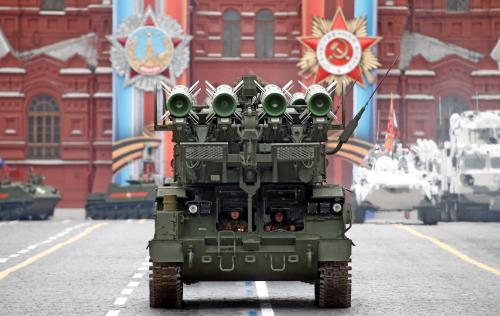
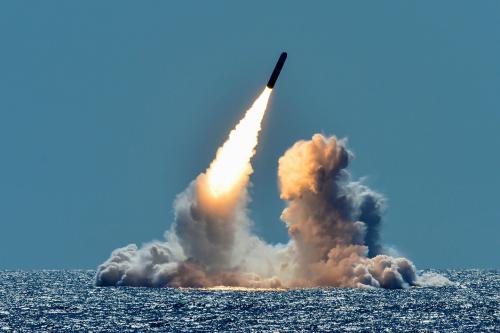
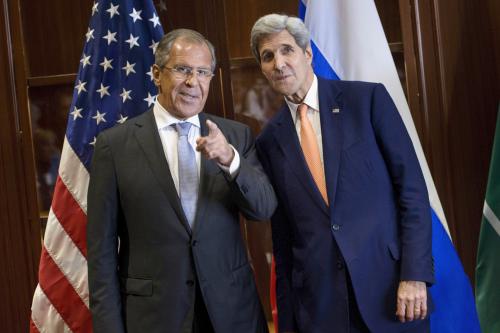
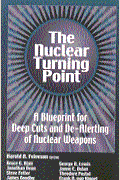
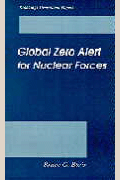
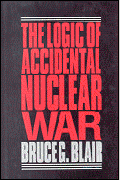

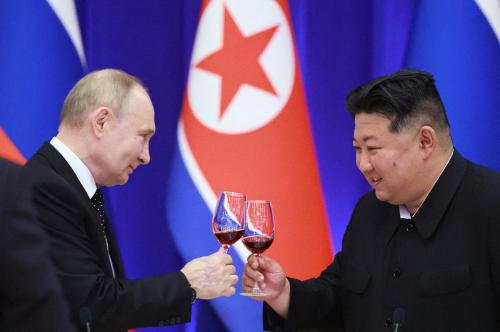

Commentary
Hal Sonnenfeldt, hard-nosed realism, and U.S.-Russian arms control
October 17, 2019